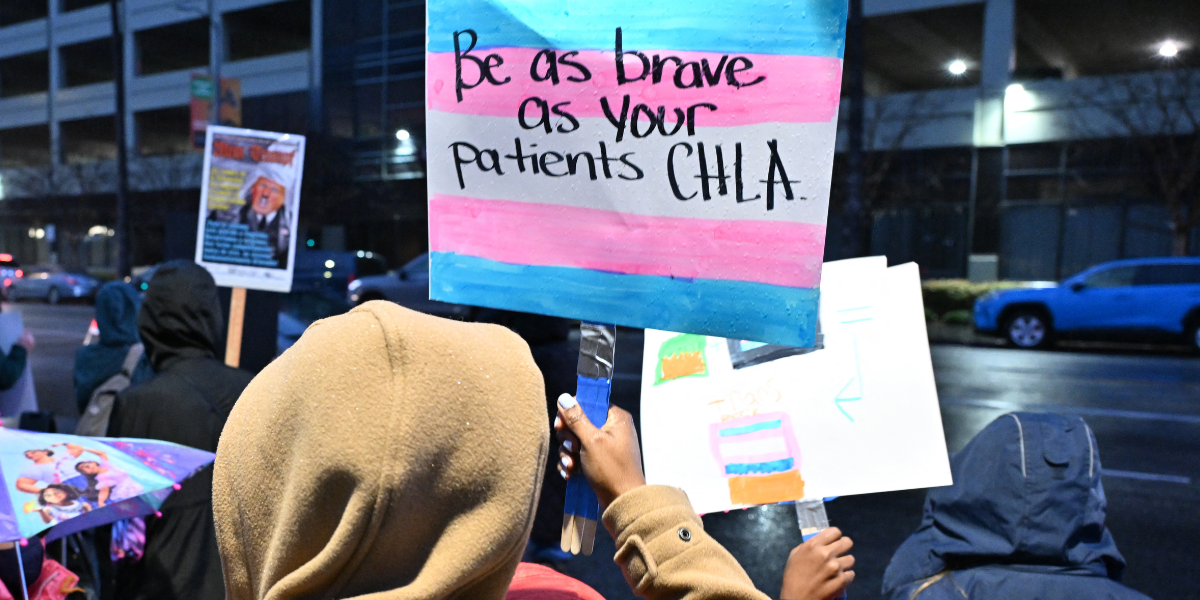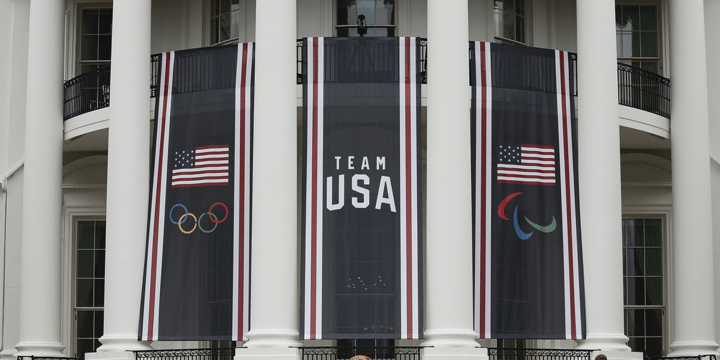The last time we convened here to discuss the prickly issue of race and street harassment, it was after Minnesota blogger Lindsey took to the web to publicly humiliate her street harassers who happened to be primarily men of color. This time, white New Yorker Shoshana B. Roberts teamed up with video editor Rob Bliss and anti-street harassment organization Hollaback! to make a video depicting a small slice of daily life for a woman navigating an urban landscape. This viral video has also come under fire for an unintentional racial bias.
For most women, and especially women of color, this is nothing new: the “shocking” catcall video was just a day in the life, and the fact that the video centered around a white woman’s experience was just another example of white voices being privileged in conversations that affect women of all colors in different ways. This specific incident serves to highlight the fact that even people and organizations with an anti-racist intentions, like Hollaback! routinely mishandle issues of race and class when it comes to dismantling patriarchal attitudes. With that said, while men of all colors perpetrate street harassment, addressing it in communities of color calls for specific intra-community solutions rather than broad condemnations of male privilege.
Apparently, the editor of the video in question, Rob Bliss edited out all of the catcalls from white men. He took to reddit to respond to the accusation:
We got a fair amount of white guys, but for whatever reason, a lot of what they said was in passing, or off camera. So their scenes were a lot shorter, but the numbers themselves are relatively even…
Also, we didn’t always capture the audio or video well – there’s a siren that kills the scene, or someone walks in front of the camera, so we had to work with what we had.
Thankfully, both Bliss and Hollaback! responded to the error swiftly and apologized profusely. On October 30th, Hollaback! released a statement admitting their blunder and promising to be more attentive in the future:
Hollaback! understands that harassment is a broad problem perpetuated by a diversity of individuals regardless of race. There is no one profile for a harasser and harassment comes in many different forms… This video should have done a better job of representing this knowledge. There are many more voices to add to this conversation and Hollaback! is committed to continuing to make space for those voices by providing platforms and amplification of people sharing their stories and finding ways to push back.
This isn’t the first time Hollaback! has been accused of promoting racial bias, but hopefully it will be their last. As a decidedly anti-racist organization, making sure the content they put out is 100% in line with their mission statement should be a top priority, regardless of how much anticipated attention it is going to receive. However unintentional these depictions may be, they undoubtedly perpetuate an insidious stereotype that only men of color engage in street harassment. It also highlights the apparent fact that discussions of street harassment disproportionately center cisgender, white women’s experiences. This sets up a dichotomy in which the age-old myth of the white female victim/black male rapist has room to flourish.
Which is why on Tuesday Hollaback! issued another letter aimed at supporters, promised to use the money raised by the first video to “create our own video series — with the first one currently under development and scheduled to release within the next two weeks” and work to create “clearer messaging, respond to specific news articles, work with partners to write an Op-Ed, showcase thousands more stories through our global research study with Cornell University, and start an open and transparent dialogue with the public to voice opinions and concerns.”
While anti-racism is an important component of combatting the patriarchy, street harassment is not the whole issue here. Verbal harassment is just one symptom of patriarchal attitudes towards women that pervade our existence. It is, however, one of the most blatant and sometimes frightening ways in which women experience gendered violence. Because women are well aware of the culture of male dominance surrounding us, every “hello” from a stranger on the street is the opening scene in a potential act of violence.
When it comes to addressing this violent ideology in communities of color, we are faced with the very intricate intersections of race, class and gender on top of a history of slavery and sexual violence that has damaged our collective memories. Many people perceive men of color to be “violent” or “criminal,” without acknowledging that these behaviors are inextricably connected to the racialized and gendered violence of their white predecessors (or, let’s be really honest, their contemporaries). Angela Davis writes in 1981:
“Racism has always nourished itself by encouraging sexual coercion. While black women and their sisters of color have been the main targets, white women have suffered as well. For once white men were persuaded that they could commit sexual assaults on women of color without impunity, their conduct toward women of their own race could not have remained unscarred.”
The mechanics of privilege mean that when white men engage in street harassment, many perceive it as an individual action — one bad, misogynistic apple — but when a man of color does, viewers perceive it as an action attributable to the entire group. To the extent that street harassment is linked to patriarchal power and ideas of “manhood,” it’s irresponsible to ignore how patriarchal power and “manhood” are both ultimately ruled over by whiteness and white cultural norms. It’s also crucial to note that Black men have been incarcerated for the same crimes at exponentially higher rates than whites, further cementing the image of the Black man as a violent predator as well as demonstrating the ways in which whiteness and the prison-industrial complex benefits from that myth:
When black men were slaves, they were not labeled the unrestrained rapists they eventually came to be and, as astounding as it may sound, there was not a single publicized accusation of rape during the entire Civil War… In the immediate aftermath of the Civil War, the specter of the black rapist has not yet appeared on the historical scene. But the lynchings, reserved during slavery for white abolitionists, were proving to be valuable political weapons.
The myth of the Black man as the sole perpetrator of sexual violence was spawned out of draconian racist politics. The fact that we still accept these stereotypes as true is a self-perpetuating blight on American ideology. Does it not stand to reason that men of color, being so devalued, would seek the same “material” symbols of power — which include dominance over women — as white men have? Dierdre Davis quotes bell hooks in her 1994 paper The Harm That Has No Name: Street Harassment, Embodiment, and African American Women:
Like white men, African American men have been socialized to exercise their male status to oppress women: “As Americans, they [African American men] had not been taught to really believe that social equality was an inherent right all people possess, but they had been socialized to believe that it is the nature of males to desire and have access to power and privilege.” One of the entitlements of being a member of the male gender is the ability to exercise dominance over women… “racism does not prevent black men from absorbing the same sexist socialization white men are inundated with.”
Today, in addition to high rates of incarceration, men of color are chastised for being absent fathers, reinforcing the misogynist trope of the necessary nuclear family (even though they are often absent because they being unfairly thrown in jail). Street harassment is a symptom of patriarchal violence towards women, but street harassment within communities of color is also a symptom of black men being robbed of their dignity. So, when interactions between white women and black men are the only ones being showcased in this conversation, we are not only vilifying men of color, but doing a disservice to women of color (especially queer and trans women of color) who experience street harassment at exponentially higher rates than white women, and which more often lead to violence.
This reality calls for specific intra-community solutions to outdated and entirely socially constructed power structures, from patriarchy to racism to the prison-industrial complex. Because clearly, politely asking men to stop “exercising their freedom of speech” isn’t going to work (especially when those requests come from white folks), the solution has to come from deeper within the community. Empowering women of color to provide for themselves and protect themselves, increasing social services so that women of color are easily able to raise a family, or even (gasp!) not throwing Black men in jail for every non-violent offense under the sun could help level this playing field, and reduce the social factors that disempower women of color in the face of gendered violence.
Until then, there are ways of developing support for women of color so that the experience of being harassed on the street isn’t so frightening. For instance, #YouOKSis, the brainchild of Feminista Jones, is a social media movement that aims to address “1) Street harassment from *any* men in general, and how misogynoir complicates this for Black women. 2) Black women’s (or other Black femme/feminine presenting persons) experiences with street harassment from *Black men* with potential intracommunity solutions.” Part of their tactic is to create a support group, both online and on the streets. By simply intervening in an act of street harassment and asking “You OK, sis?” one woman supports the other and creates a network of concerned bystanders. By making it clear that street harassment is not welcome anywhere we can eradicate the pervasive notion that catcalls are just harmless compliments. Dierdre Davis borrows a term from Law Professor Patricia Williams: spirit murder, and a justification for including Black women’s voices in the narrative:
Including African American women’s experiences in street harassment discourse provides a fuller understanding of how all women may experience street harassment. This inclusion also provides access to a broader term that may more fully reflect harassment’s invidious role in terrorizing all women… “spirit murder,” a phenomenon that creates and perpetuates social structures that are defined by hate and fear, and give inexpressed feeling an outlet.
Standing up to street harassment is about so much more than just protecting our individual selves from annoyance or physical harm. It is about combating the culture of gendered, racist, and classist violence against women consistent throughout the history of our nation. If we can heal ourselves from spirit murder by eradicating street harassment, we might have a little more headspace available to get to the root of this problem.
Update: On Monday, the Queer Exchange Facebook group posted a casting call for queer people of color to create alternative videos to add to Hollaback’s site.





